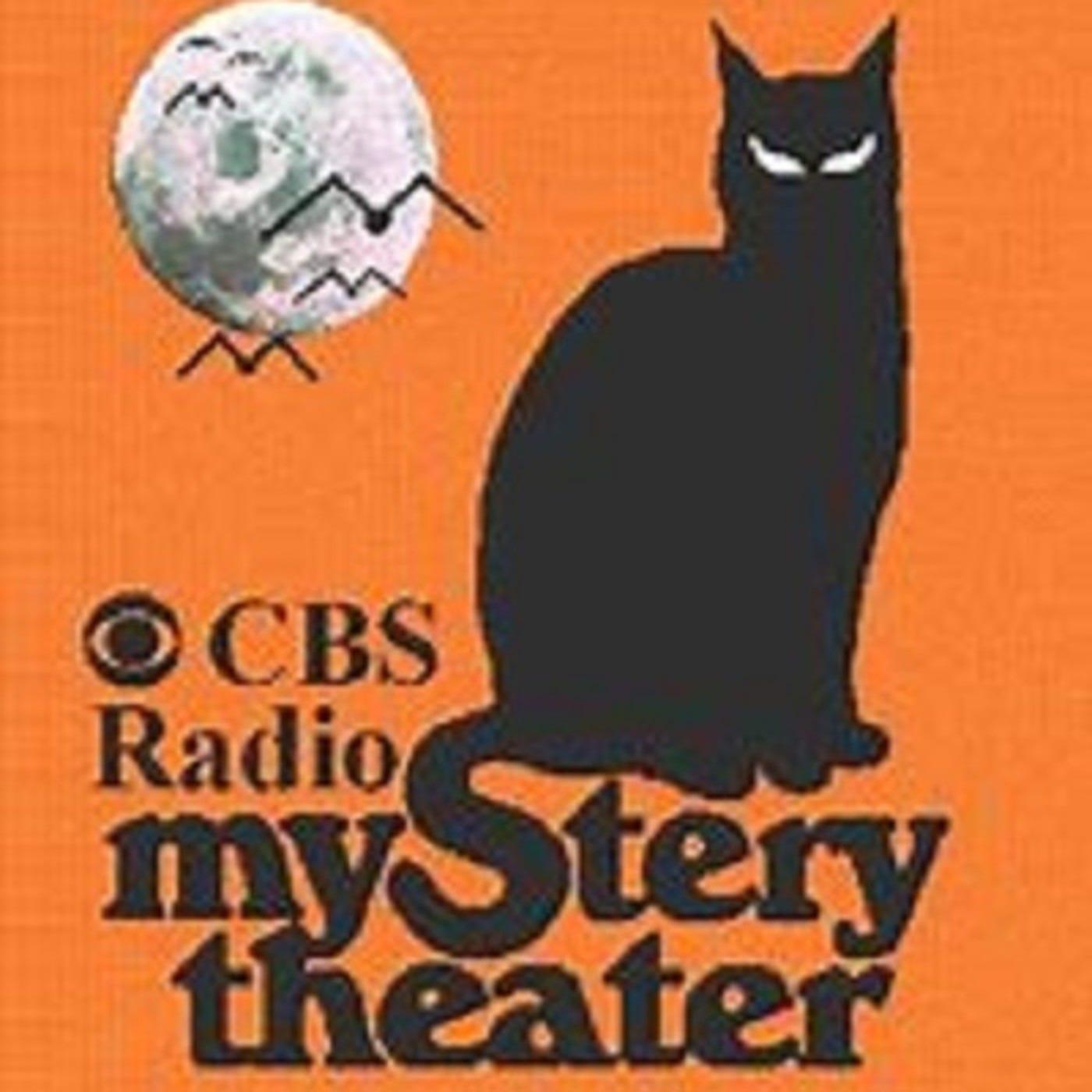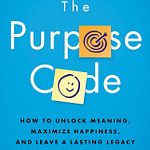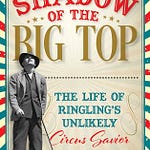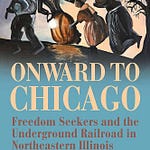Radio drama was declared dead in September 1962 after CBS axed its last two network shows, Suspense, and Yours Truly, Johnny Dollar.
Hold on, said Eleanor Patterson, media studies professor at Auburn University. Scripted radio programs may have stopped from being the dominant form of entertainment which they were through most of the 30s, 40s and 50s but radio drama has always been around, she said.
Shows like ABC’s Theater5 (1964), CBS Radio Mystery Theater (1974-82), and Sears Radio Theater (1979) were just some examples, she said. You also had The Hitchhiker’s Guide to the Galaxy, a BBC effort that aired over many U.S. public radio outlets in 1981 and NPR’s Earplay (https://current.org/2018/06/wisconsin-public-radios-earplay-before-the-podcast-era-a-story-focused-series-with-experimental-edge/).
Now old radio shows proliferate online while other audio entertainment options—audiobooks and podcasts—abound. Depending on how you define radio, the golden age may still be with us.
Audiobooks now often include music and sound effects, emulating dramatic radio shows of the past, said Patterson. Meanwhile, podcasts not only offer original material but also critique shows of the past, she said. “Podcasting represents where creative radio is right now,” said Patterson.
In the TV writing class she teaches at Auburn, Patterson said she spends the first six weeks covering radio. Students create their own scripts using old radio shows like Pat Novak for Hire and The Adventures of Ozzie & Harriet as examples, she said.
“It’s important that we know our history. I tell students that radio is where the different genres we know today came from,” said Patterson.
Along with Novak, Patterson said some of her personal favorites are Richard Diamond and Yours Truly, Johnny Dollar. “I love radio noir. It’s so visual,” she said.
Radio programs like the Lone Ranger and the Jack Benny Show remain entertaining, said Patterson. “Jack Benny was the first show using the concept of a show within a show,” she said.
In the segmented world of the present, it’s important to remember that a show like NPR’s Prairie Home Companion racked up 4 to 5 million listeners every Saturday night during the 1980s and 90s, said Patterson, noting that the performance of the show’s host, Garrison Keillor, was “an ode to classic radio.”
“Network television would kill for those numbers today,” she said.
Patterson said radio is still telling stories. “This American Life (on NPR) makes use of ambient noise to create a story and sense of place,” she said.
Patterson, whose last book was Bootlegging the Airwaves, is presently at work on broadcast television which she sees surviving despite the rise of streaming. “I like to look at dead things,” she laughed.















Share this post